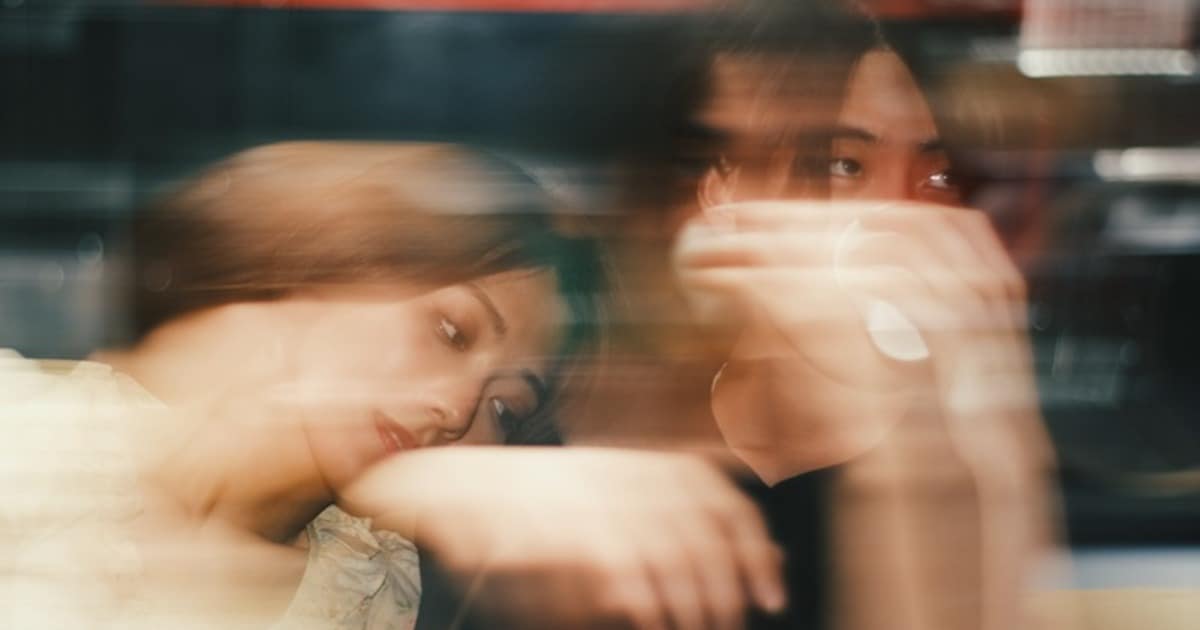Hybrid is probably the word to best suit Michael Arias' “Tekkonkinkreet”. Based on Taito Matsumoto's manga “Black & White”, it is the story of Yin and Yang brothers Kuro (“Black”) and Shiro (“White”) as they battle to save their home from adults, greedy bad guys and inner demons.
Tekkonkinkreet is screening at Japan Society
Treasure Town is an island in the middle of the city – a lawless neighborhood that nobody runs, but everybody claims. Children run the streets, to the annoyance of the yakuza; while the police holds little real power. But this is the chaotic order in place. That is until Hebi and his evil empire want to raze Treasure Town to the ground and build an amusement park in the name of profit. This evil force unites the inhabitants against this outsider as they gradually realize the plans in place, and it's up to out two young heroes to fight back.
“Tekkonkinkreet” is a visual feast, with so much constantly going on the screen and a mish-mash of different influences cobbled together. Starting with the manga, this works with the source material for elements of its design, with the same messy, sketchbook style seen in Matsumoto's manga, including “Ping Pong” and Masaaki Yuasa's anime adaptation.
And Yuasa is another influence on the design, with Shojiro Nishimi having worked on both his “Mind Game” and “Tekkonkinkreet” as a key animator and designer. Indeed, clips from “Mind Game” pop-up here, as Arias gives a nod to his influences, at times keeping the frantic pace of the earlier film.
Treasure Town is itself a mix of different cultures and influences, not feeling like something set in Japan, but more like a cross between Hong Kong and Istanbul. Various Asian languages are featured on the street signs and buildings, showing a place of no dominant force in a city of lost souls. The background designs have an attention to detail not always seen in anime, and are certainly the film's most memorable feature.
Arias' background as a visual effects specialist is put to use, as the animation blends more modern CGI movement to match the film's pace with the standard blank-faced background characters often found in anime; though here this feels a stylistic choice, rather than one of budget. This feels something of a life's work for Arias, drawing on his past experiences and influences to create a feast for the eyes, though finds a good balance in action and moments of slow reflection.
As with “Ping Pong”, the story is about the two leads and their relationship, as the younger, supposedly weaker Shiro is the real strength and hero of the story. Both have inner demons they have to fight, with darker moments showing their struggles, and hope shown in a montage of fast-edited clips as in “Mind Game”.
Perhaps a result of Studio Ghibli producer Eiko Tanaka, the voice cast features a lot of big names, including Masahiro Motoki, Nao Omori, Min Tanaka, Yusuke Iseya, though Yu Aoi stands out, articulating Shiro's bumbling, confused mind. The soundtrack from British duo Plaid is fairly light and doesn't dominate scenes, more ambient than memorable; though Arias makes sure to include Asian King Fu Generation to close.
Much like Treasure Town itself, “Tekkonkinkreet” is a mix of influences and styles, with an American director taking the helm on a high-profile Japanese anime. Perhaps at times it leans a little too heavily on some that came before it, but there are enough unique moments to show this little brother can stand on its own two feet.
















